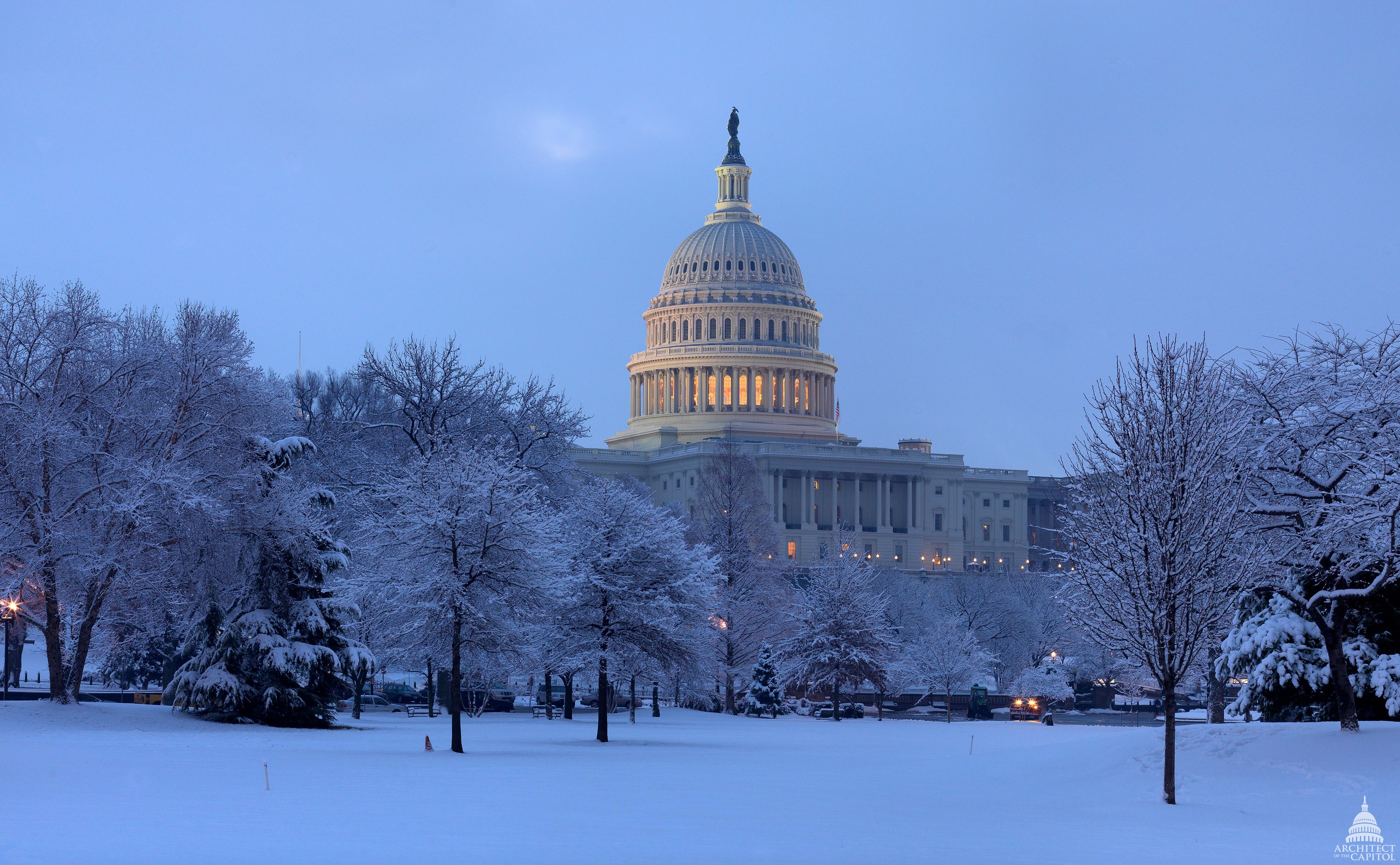Safe Havens Still Matter
Micah Zenko and Amelia M. Wolf, both with the Council on Foreign Relations, have a new piece in Foreign Policy which argues against the “myth” that safe havens allow terrorists a space in which to flourish. They claim that this myth has only led us fruitlessly abroad in search of monsters to destroy. It’s a stunning claim.
Published by The Lawfare Institute
in Cooperation With

Micah Zenko and Amelia M. Wolf, both with the Council on Foreign Relations, have a new piece in Foreign Policy which argues against the “myth” that safe havens allow terrorists a space in which to flourish. They claim that this myth has only led us fruitlessly abroad in search of monsters to destroy. It’s a stunning claim. It also fundamentally misunderstands the national security threat emanating from terrorist safe havens around the globe.
To support their claim, the authors begin the piece by establishing a straw man: that security analysts assume that “terrorists need safe havens to plan international terrorists attacks,” and by extension, that the attacks on September 11th are mistakenly believed to have occurred “exclusively because of the Afghan safe haven.” Either out of convenience or stupidity, these analysts have "forgotten" that "catastrophic terrorism was able to occur" because of "glaring deficiencies in U.S. homeland and intelligence policies.”
Zenko and Wolf then proceed down a convoluted line of argument that suggests the sanctuary Al Qaeda occupied in Afghanistan was not, in fact, a threat to Americans before the United States invaded. They write, “Before Afghanistan became a combat zone, no Americans were killed by acts of terrorism in the country.” They continue, “the high rates of American deaths in Iraq and Afghanistan are less a result of a safe haven, which existed long before U.S. military operations, and more a result of combat.” More broadly, Zenko and Wolf argue that the United States has wasted much time and energy chasing terrorists where they live, and that this failed experiment has yielded little in the way of security.
This line of argument is curious for several reasons. I’m not aware of a single serious national security analyst who believes that there were not serious failures in US counterterrorism and intelligence operations before 9/11. And, I’m not sure who they believe has forgotten these lessons in favor of pursuing a purely military response to rooting out these safe havens. It is simply wrong to suggest that the United States’ counterterrorism policy changes since September 11th focused on eliminating safe havens to the exclusion of hardening the homeland as a target. Have the authors missed the ongoing debate over the restructuring of the American intelligence apparatus, the Patriot Act, the USA Freedom Act, FISA reform, the NSA controversies, and more? Surely, while we can disagree over the merits of these reforms, they were taken in an attempt to harden our defenses and correct the failures that allowed 9/11.
More strangely, it seems odd to suggest that, since Americans were not killed in Afghanistan itself before the US invasion of the country, Afghanistan’s safe havens must not have been a threat to the people of the United States. It’s even more confusing to claim that United States’ decision to initiate combat operations in order to destroy Al Qaeda’s safe haven is more to blame for American deaths than the actual safe havens themselves, or the terrorists actions taken from them. The history before September 12th would strongly suggest otherwise.
Later, Zenko and Wolf lament that the FBI does not characterize certain other crimes, such as hate crimes, mass killings, and common murder as domestic terrorism, suggesting that the “semantic difference” used to separate these traditional crimes from terrorism leads authorities to look abroad for solutions. It is as though, if we only considered random shootings in Chicago or Los Angeles terrorism, we would all agree with them that “if anywhere is a safe haven for terrorism against the United States, it is America.” It’s a suggestion that conflates terrorism---an act of political violence meant to coerce a government or population---with random violence and thereby eliminates the necessary distinctions to address two very different, though admittedly overlapping, problems.
It’s easy to say that safe havens don’t matter if everywhere is a safe haven.
While certainly not the only factor contributing to successful growth of a terrorist organization, the plotting of attacks, or the safety of its members, terrorist leaders themselves recognize the importance of safe havens to their larger grand strategic ambitions. Abu Bakr Naji, one of the foremost jihadi theorist, would disagree with Zenko and Wolf regarding the importance of safe havens. His treatise, “The Management of Savagery,” which is currently the homework of aspiring jihadis of the Islamic State, suggests that groups must establish safe havens, or regions where they can administer savagery. Key factors for site selection include “the presence of geographical depth;” the weakness of the ruling regime and the weakness of the centralization of its power in the peripheries of the borders of its state;” and the prior “distribution of weapons in the region.” Based on this criteria, Naji suggests Pakistan, Nigeria, Libya, and Yemen are all suitable places from which to spark the fire of jihad, concluding: "Before its submission to the administration, the region of savagery will be in a situation resembling the situation of Afghanistan before the control of the Taliban, a region submitting to the law of the jungle in its primitive form, whose good people and even the wise among the evildoers yearn for someone to manage this savagery."
Yet, much has changed in the world since Naji wrote in 2004. And Zenko and Wolf are correct---at least to a point---when they say the internet and sophisticated social networking of modern day terrorists means that a “hotel room in Hoboken can be just as much a safe haven as a hut in Helmand.” But they miss the mark by suggesting that, since this is true, we should then turn away from and ignore that hut in Helmand. Solving the challenge of foreign and homegrown terrorism is not an either-or proposition; the two often work in tandem, and one has to address both.
Many of the lone wolf terrorist incidents Zenko and Wolf later describe were inspired by videos, magazines, and other forms of propaganda produced in the safe havens they suggest are not really a problem. Current reports suggest that the attackers who launched the assault on Charlie Hebdo had actually trained with AQAP in the safe haven in Yemen. It would seem that these safe havens have done a great deal to support terrorists attacks against the West, and may continue to do so, even if terrorists do not succeed in launching large scale attacks. Safe havens are the beating heart of terrorism.
In a recent post over at War on the Rocks, Clint Watts addresses the new threats Zenko and Wolf outline, but with the nuance they lack. While lone wolves do present a new and heretofore unaddressed threat, their presence does not eliminate more traditional terrorist threats. Instead, terrorist attacks now now comes in three forms: inspired, networked, and directed.
Directed attacks are those that most come to mind when one thinks of Al Qaeda: large, signature attacks on major financial, defense, or transportation infrastructure. Safe havens provide the greatest opportunity for terror groups like AQAP or Khorasan in Syria to plan and execute these attacks. However, over the last thirteen years, these attacks have proven rare as Western counterterrorism operations have placed groups under sustained pressure while law enforcement improved at disrupting plots already in motion.
Networked attacks, such as the Charlie Hebdo attack, are those where veteran fighters will return home, mix together, and create their own communities of jihadi sympathizers. While they will share ties with major terrorist organizations, their attacks may not come at the specific direction of the group. Here, and in the future, law enforcement will be key at disrupting networks that have formed in the wake of failed attempts to root out safe havens.
The final type of potential attack is an inspired attack, where lone wolves who seek fame in a highly individualized age of digital media execute attacks on behalf of, but without any connection to, a known terrorist organization. These attacks are the least dangerous, but will still be deadly, and may occur more often than others. And, while unconnected directly to a large terrorist organization, much of the inspiration they receive to radicalize will come from jihadist propaganda created in safe havens around the world. The effect of these actions will be magnified by the group in hiding that issues justifications and calls for homegrown jihad.
In the end, Zenko and Wolf’s piece is long on criticisms, but short on solutions. It is possible to argue that the United States has pursued a militarized response to terrorist safe havens that has cost precious lives while achieving little. But, while US intervention hasn't solved the problem, it still remains unclear how retreat will. There are responses other than a forever war accompanied by drone strikes and covert operations, including boosting our aid to civil societies and ramping up our agenda on development and political reform. A recent study by Rand Corporation suggests that fragile states, such as Yemen, are unable to process military assistance in a meaningful way, but that nonmaterial aid in the way of education, law enforcement, and counter-narcotics yields much better results. The US may need to consider alternatives for drying up the safe havens. But turning away from the sanctuaries where terrorists plot will only give space for extremism to succeed.
Domestic law enforcement and overseas military and counterterrorism operations will continue to prove key to disrupting attacks before they occur. At times, this will require a more robust military response to destroy safe havens, particularly where the threat is acute and the organization well networked and growing. At other times, success will require strong domestic law enforcement capabilities to disrupt plots gathering in the hotel in Hoboken. A comprehensive approach will be one that weds these critical capabilities together while boosting the ability of our allies on the ground to prevent the conditions that lead to safe havens in the first place. Yet, no matter what the approach, safe havens will continue to matter, and their threat is no myth.
Cody Poplin is a student at Yale Law School. Prior to law school, Cody worked at the Brookings Institution and served as an editor of Lawfare. He graduated from the UNC-Chapel Hill in 2012 with degrees in Political Science & Peace, War, and Defense.


.jpeg?sfvrsn=6117c6bf_4)


